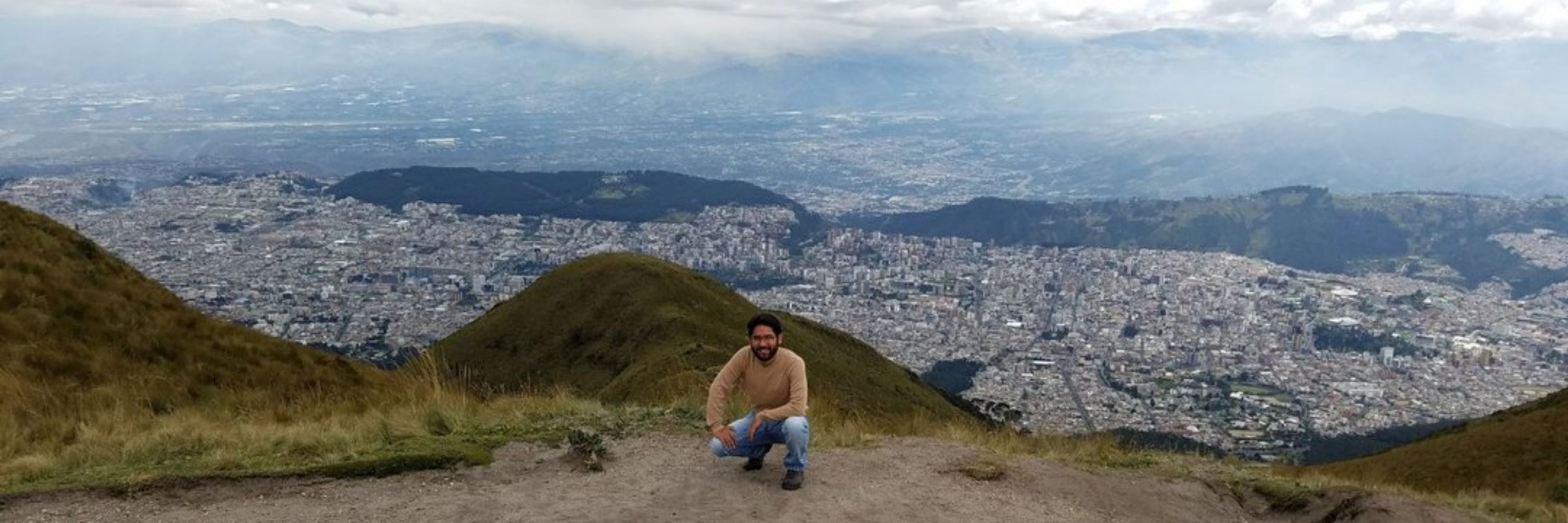Rodrigo Barrenechea
@rbarrenechea.bsky.social
270 followers
150 following
27 posts
Assistant Professor of Political Science at Universidad Católica del Uruguay
Posts
Media
Videos
Starter Packs
Reposted by Rodrigo Barrenechea
Guillermo Toral
@guillermotoral.com
· Dec 16
La Agencia Estatal de Investigación destina más de 120 Millones de euros para nuevos contratos Ramón y Cajal | Agencia Estatal de InvestigaciónBuscar
La Agencia Estatal de Investigación ha publicado la primera Resolución de concesión de las Ayudas Ramón y Cajal 2023. Estas ayudas se conceden con el fin de promover la incorporación de personal investigador, español o extranjero, con una trayectoria destacada en centros de I+D españoles, con el fin de que adquieran las competencias y capacidades que les permitan obtener un puesto de carácter estable en un organismo de investigación del Sistema Español de Ciencia, Tecnología y de Innovación
www.aei.gob.es
Reposted by Rodrigo Barrenechea







